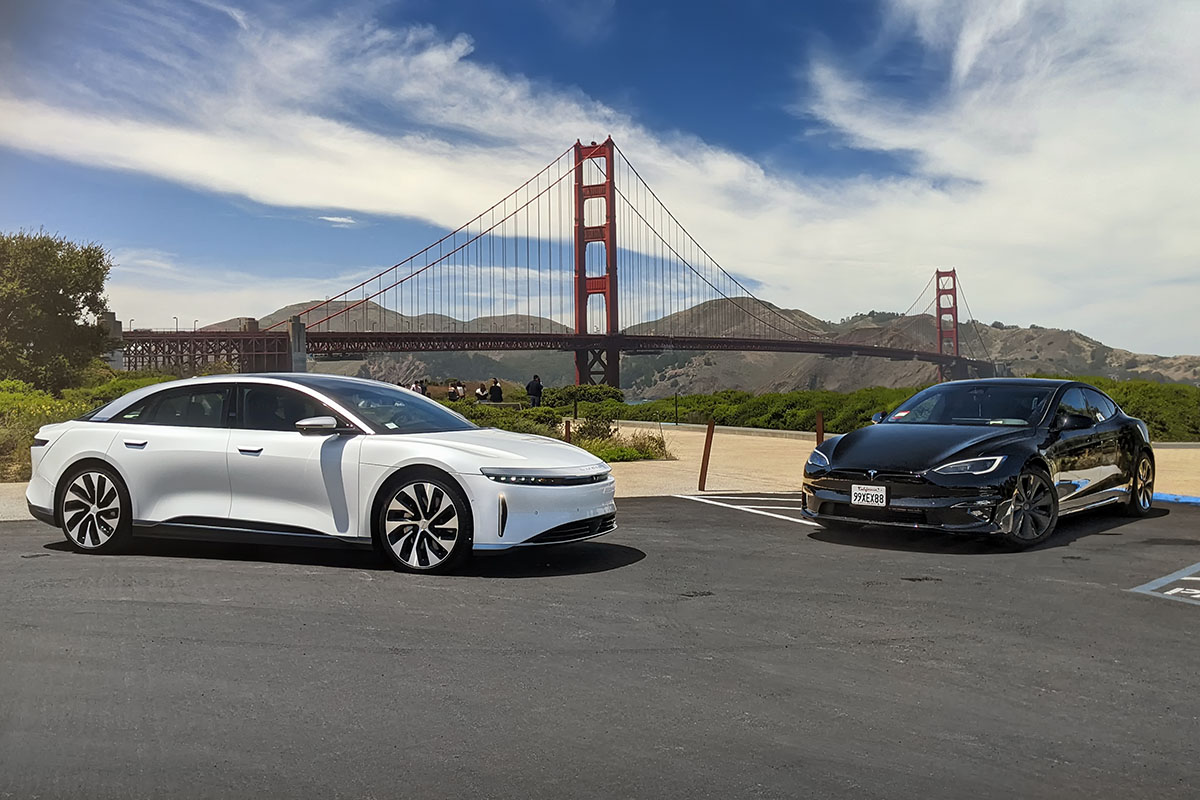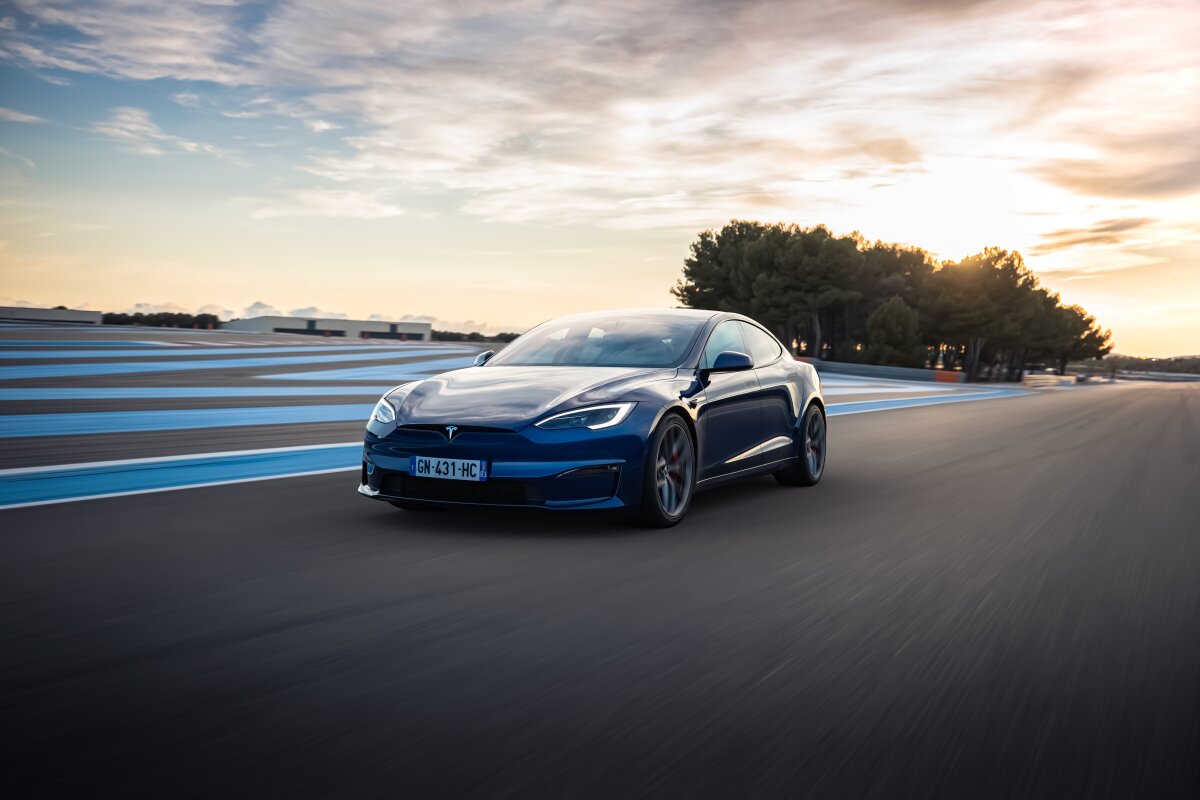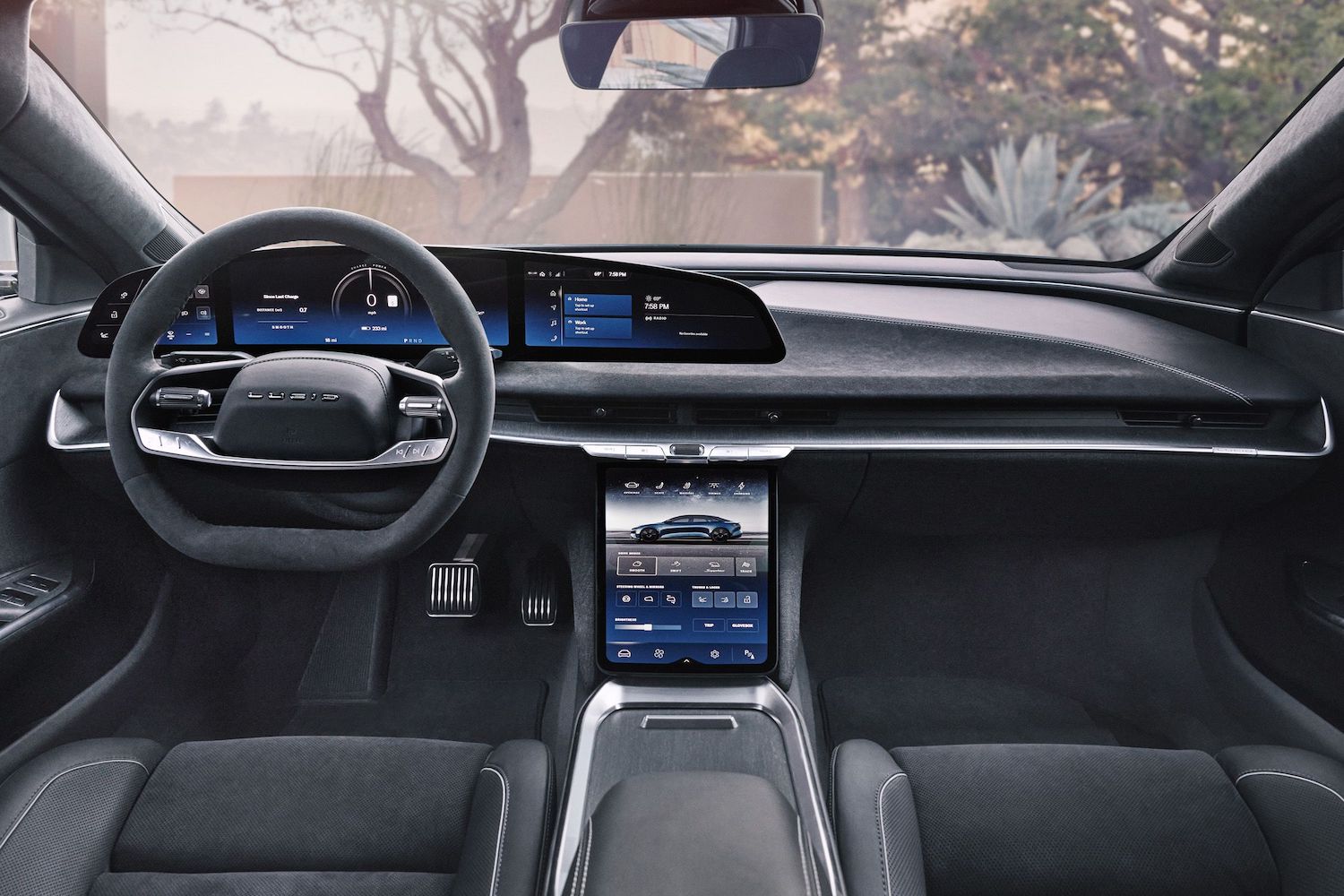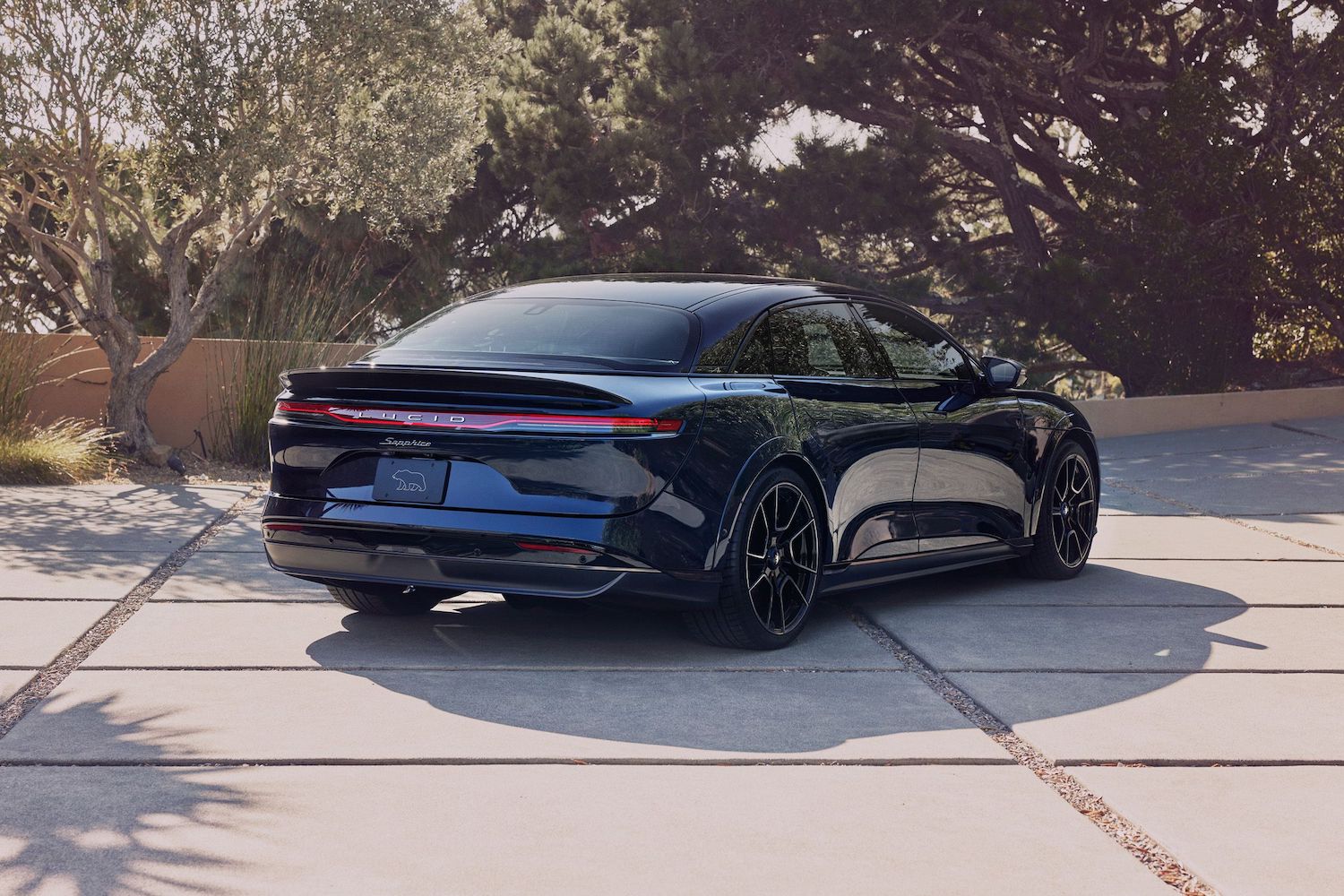Lucid Air vs Tesla Model S

The electric vehicle (EV) market has experienced phenomenal growth over the last decade, with Tesla and Lucid Motors emerging as two of the leading contenders. Tesla, under the guidance of Elon Musk, has been a trailblazer in the EV industry, making electric cars desirable. Lucid Motors, although a newer entrant, has quickly established itself as a luxury EV manufacturer with a focus on high performance and innovative technology. The Lucid Air and Tesla Model S are flagship sedans from these companies, embodying the pinnacle of electric vehicle technology and luxury. This article compares these two electric titans on various fronts, including performance, range, interior luxury, technology, and price.

Performance
The Lucid Air and Tesla Model S have set new benchmarks for electric vehicle performance. The Lucid Air Dream Edition is capable of producing up to 1,111 horsepower, allowing it to accelerate from 0 to 60 mph in just 2.5 seconds. Tesla’s Model S Plaid, on the other hand, boasts an impressive 1,020 horsepower with a 0 to 60 mph time of 1.99 seconds, making it one of the fastest production cars available today. Both vehicles offer exhilarating performance, but Tesla’s Model S Plaid holds a slight edge in acceleration.
Range
Range is a crucial factor for electric vehicles, and both Tesla and Lucid have made significant strides in this area. The Lucid Air boasts an EPA estimated range of up to 517 miles on a single charge for its Grand Touring edition, which is currently the highest for any electric vehicle on the market. The Tesla Model S Long Range version offers an EPA estimated range of up to 405 miles. While both cars offer more than adequate range for daily use and long trips, Lucid Air takes the lead in this category, pushing the boundaries of EV range capabilities.

Interior and Luxury
When it comes to interior design and luxury, both vehicles offer premium materials, spacious interiors, and advanced comfort features. The Lucid Air’s interior is designed with a focus on space and luxury, featuring a glass canopy that extends from the front to the rear, offering an open, airy cabin. It also provides a unique 34-inch curved glass 5K display that spans the width of the dashboard. Tesla’s Model S, while minimalist and high-tech, offers a yoke steering wheel and a 17-inch cinematic display. Both interiors reflect the brands’ focus on innovation, but Lucid Air aims for a more traditional luxury feel, contrasting with Tesla’s futuristic approach.
Technology
Technology is a key battleground for electric vehicles, and both the Lucid Air and Tesla Model S pack an array of innovative features. Tesla has been a pioneer in self-driving technology with its Autopilot and Full Self-Driving (FSD) capabilities. Lucid Motors, meanwhile, offers the DreamDrive system, a comprehensive advanced driver-assistance system (ADAS) with 32 sensors covering vision, radar, and ultrasonics, aiming to provide a similar level of autonomous driving capability. Both manufacturers are at the forefront of integrating technology not only for performance but also for safety and driver convenience.

Price
Pricing reflects the premium nature of both vehicles. The Lucid Air starts at around $77,400 for its base model, with the Dream Edition reaching up to $169,000. Tesla’s Model S starts at approximately $94,990 for the Long Range version, with the Plaid version priced at $135,990. The pricing structures reflect the high-end market segment both vehicles target, with Lucid Air offering a slightly broader price range.
Conclusion
The Lucid Air and Tesla Model S are two of the most advanced and luxurious electric vehicles available today. The choice between them comes down to what the buyer values most. For those prioritizing cutting-edge performance and established technology, Tesla’s Model S remains an attractive option. However, for drivers looking for unparalleled range and a focus on luxury and innovative design, the Lucid Air presents a compelling alternative. As the EV market continues to evolve, both Tesla and Lucid Motors are set to play pivotal roles in shaping the future of electric transportation.
